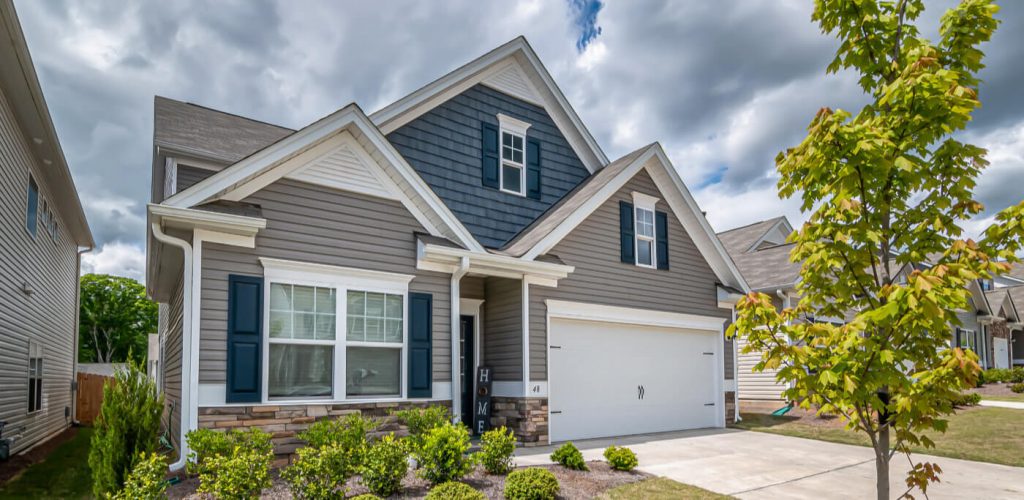The Short Answer
For a quick estimate of a rental price for your rental listing, you can use the 1% rule, which is taking 1% of the rental property’s value as a guideline for rent prices. This is a good baseline for investors who own rental properties in the US and are wondering how much rent to charge. Bear in mind, the final price may require further tweaking and investigation, which includes looking at comparable rental properties in the area, calculating rental yield and more.
The following factors influence rent price the most, so bear these in mind for your rental listing:
- Location desirability
- Property upgrades and maintenance
- Home features
- Employment opportunities in the area
Jump To
If you’re moving, you may wonder if you should keep your home and rent it out or sell it. Both require plenty of work and decisions.
Selling means you can get rid of the house right away and get the profits from the sale. Renting means you keep ownership and rent it to others. You manage the rental property, collect the rent, and hopefully make a profit.
Renting it out could be a great way to start investing in real estate without giving up too much capital since you already own the home. Before you decide, it’s important to determine how much you could rent the house for, as each area differs.
Here’s how to tell.
Factors To Consider When Setting Rental Price
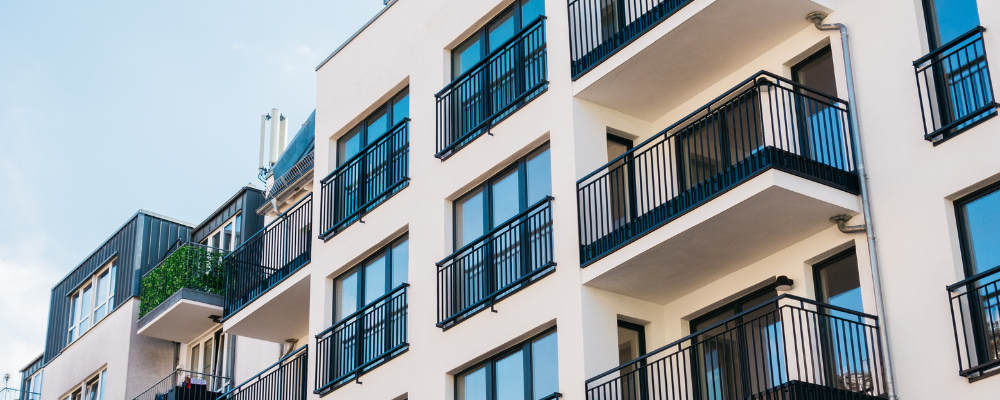
1. What’s your property’s value?
This is important because you can base your rent on the property’s value. Compare the range to the average rent in the area. Some areas will be on the higher end, and you’ll still attract tenants and others may do better on the lower end.
2. What is the average rent for similar properties in your area?
Don’t compare your home to others in the area that aren’t similar. Work with a licensed appraiser or real estate agent to find out the true average rent for homes just like yours.
For example, comparing your one-story, 3-bedroom home to a 2-story 4-bedroom home isn’t accurate. Compare the rents for homes of similar size, features, number of bedrooms, and number of bathrooms.
Use this as a baseline. Do you want to charge more or less? The more reasonable you keep it, the higher the demand, but the fewer profits you make.
3. What are your expenses?
No two landlords have the same costs. It doesn’t make sense to rent out your home if you can’t cover your expenses AND make a profit.
Think about all the expenses including the mortgage, taxes, insurance, maintenance, and repairs. Also consider administrative costs, vacancy costs, and any other costs you incur to keep the property.
4. What’s the demand?
Some areas are in higher demand than others. High demand usually means you can charge more, while lower demand may require lower rents if you want to fill it.
This goes back to knowing the area’s average rent. What are other landlords doing? What are the current vacancy percentages? Are renters buying more than renting now or is there a large demand at the moment?
Talk to a real estate agent or appraiser to see what the norm is for the area when you’re about to put the home up for rent.
5. What unique selling points does your propertyhave?
What sets your home apart from others? Do you have a pool? Are you located near the expressway or train station? Does your property have on-site parking, a large yard, or access to community amenities?
Anything that sets your home apart from others will help you figure out how much to charge for rent. The more luxuries you offer, the more rent you can charge.
6. What are you comfortable asking?
It all comes down to what you’re comfortable asking for rent too. Remember, you are the landlord. You are responsible for collecting the rent, dealing with non-payment, and collection practices.
If you don’t want to handle the administrative work yourself, you may consider hiring a property management company, but this eats into your profits and should be factored in when determining the rents.
Methods to Use for Setting Rental Price
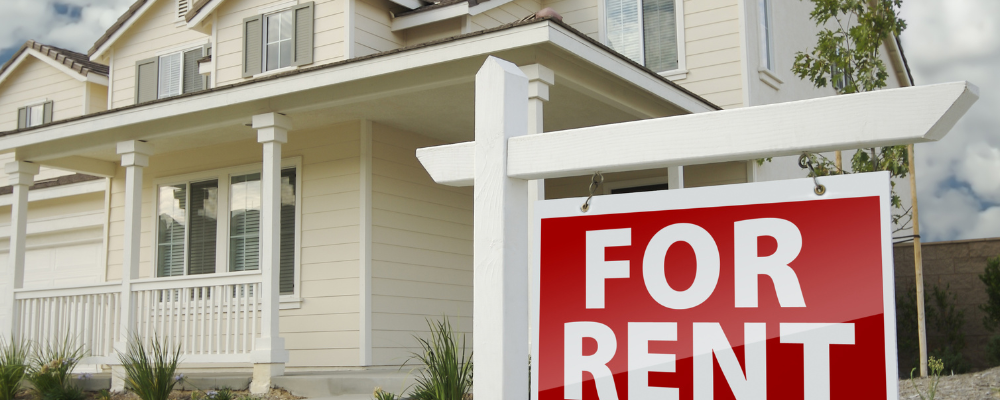
When setting the rent price for a property investment, it’s essential to strike a balance between maximizing your rental income and attracting tenants. Here are some methods you can consider:
1. The 1% rule
One of the most commonly used strategies to determine the rental price of an investment property is the 1% rule. The rule is quite simply that 1% of the home’s value is charged as rent. For example, if a home is valued at $200,000, then the monthly rent would be $2,000.
However, this rule should be used as a guideline and not as a final number because each rental market is different and there are various other factors to consider. Your rental price cannot be too high, or you’ll drive potential tenants away easily so looking at the local rental market is a big consideration.
2. Do a comparative analysis
Another method used on its own or in conjunction with other methods is the comparative analysis method. This involves researching comparable rental properties in the same area that have similar features, to see what their monthly rent is.
For example, if your property is a 3 bedroom home with 2 bathrooms and a garage, you’ll need to find comparable rental properties with the same features. This also means that the size of the property, age, features and location should be the same as your property.
3. Online rent price calculators
There are a variety of online tools that can help you calculate rent price, such as Zillow’s Zestimate which is a rental property calculator. These will require some details about the property (number of bedrooms, square footage etc), the operating expenses and more. These calculators give a rough idea as to what the rental price for a property should be, however make sure to pick one that will factor in the local rental market.
4. Rental yield
Some investors will calculate the rental yield, which is the annual rental income as a percentage of the property’s value and use this to determine the rent price. This method is useful for investors looking to maximize their return on investment on a rental property. The rental rate is set in a way that ensures a favorable yield without surpassing market rates.
Factors That Can Increase The Rental Price Of A Property
The price of a rental comes down due to various factors, some of these are within an investor’s control and some are not.
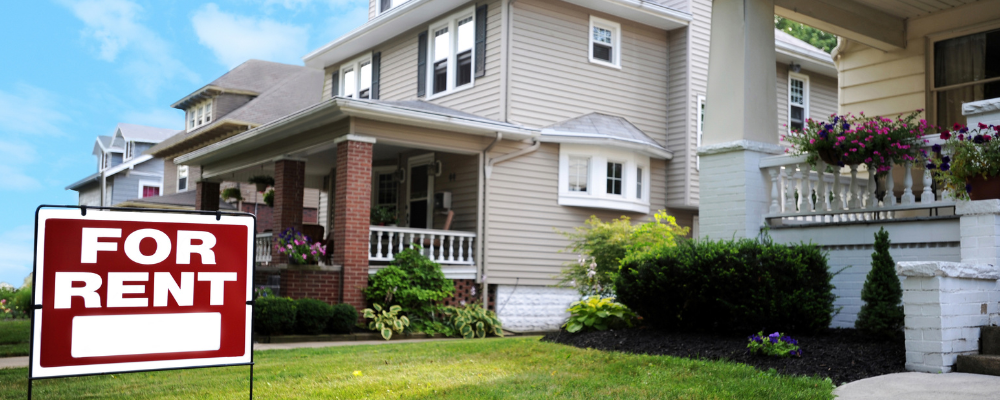
Desirable Location
The location of the property is one of the most influential factors when it comes to price. Properties that are near amenities, employment opportunities and recreational areas are more desirable and can drive up rental prices. As such, a property’s rental price can increase if the area has, for example, a new school.
Desirable Amenities
Homes that have desirable amenities can charge higher rent prices as these will be in high demand. Amenities such as an on-site laundry, parking facilities, a large garden and so on, would fall into this category. If these don’t come with the property, an investor can always add these on at a later stage, in order to bump up the rental rates.
Sought-After Features
Renters will typically pay higher rental rates for a property that has the particular features that they’re looking for. A large number of renters are looking for features like air conditioning, ample storage space, walk-in closets and a pet-friendly home. These features will allow landlords to increase the rent price as they will garner more interest from tenants.
Well-Maintained Properties
Well-maintained properties with modern finishes, updated appliances, and attractive aesthetics often justify higher rental prices. Renovations or upgrades that enhance the property’s appeal such as renovated kitchen or bathroom, energy-efficient features, or smart home technology, can contribute to increased rental rates.
Factors That Can Decrease The Rental Price Of A Property
There are also some major factors that can lead to a decrease in the rental rate for a property, we’ll outline these below.
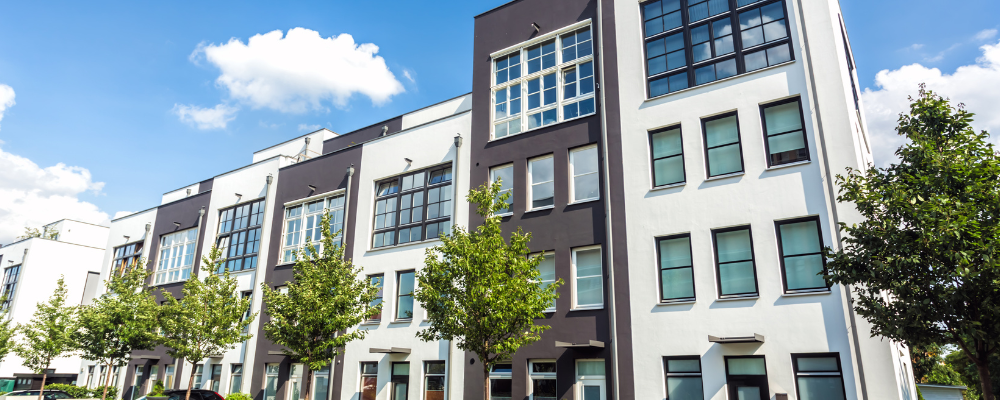
Lack of Upgrades
Properties that have not been maintained and have not been upgraded over time will not be able to command higher rental rates. Tenants are often willing to pay higher rental prices for properties with modern features, properties that have been renovated and properties that are in all around good condition.
Neighborhood Changes
Any changes in a neighborhood that are negative, can lead to a decline in rental prices. These changes can be an increase in the crime rate, loss of amenities or a deterioration of infrastructure. While this may not be within a landlord’s control, these negative changes can result in having to lower the rental price as the tenant demand declines.
Decrease in Local Employment Opportunities
If there is a decline in job opportunities in a specific area, it can impact the demand for rental properties. With fewer job prospects, there may be fewer people relocating to or remaining in the area, leading to a decline in demand and subsequently lower rental prices.
Local Rent Control Laws
In some areas, local rent control laws are becoming more prevalent. These are caps on rent prices, which means that landlords cannot charge over a certain amount for rent. These laws can easily lead to a decrease in the rental rate for properties in an area.
Final Thoughts
Take your time when determining your rental listing price, as there isn’t a one-size-fits-all answer. Even if your neighbor rents out their property – you may charge a lot more or a lot less depending on the variety of factors that go into determining the fair market rent. Bear in mind that the price of a rental comes down and goes back up, depending on various other factors.
If you are in a hurry and need to rent it out fast so that you can start earning rental income, consider pricing the rental property on the lower end of the area’s average rent prices. You’ll get more interest and potentially rent the house out faster.
If you aren’t in a financial bind, and the rental listing doesn’t need to be drawing in tenants immediately, price the rental rate accordingly and see what happens. It may take a little longer, but you could generate a higher rental income for your efforts as the rental comes up over time.
